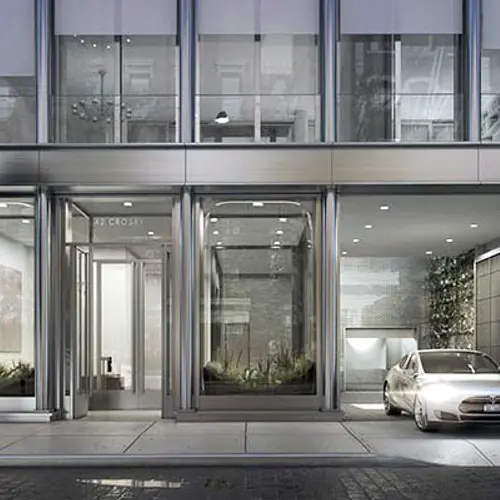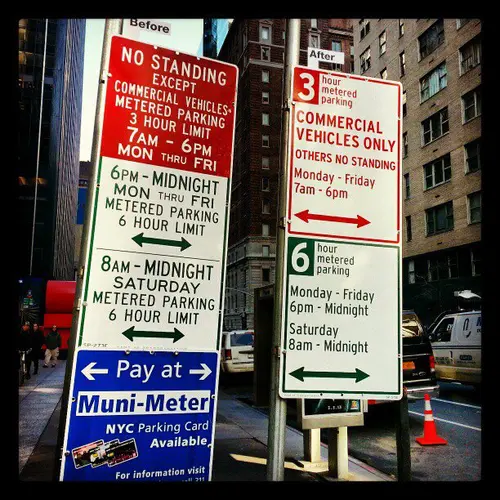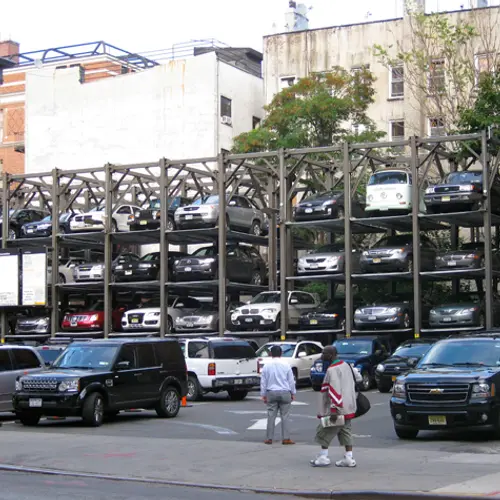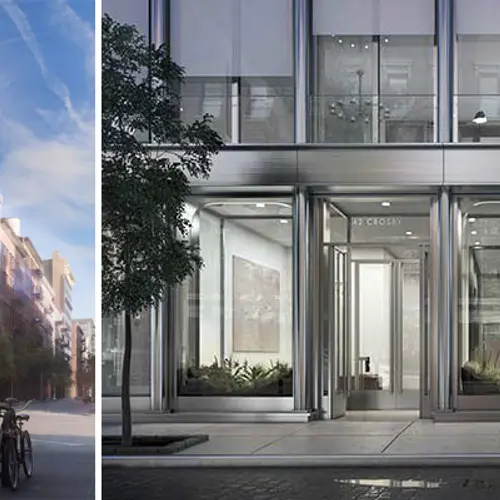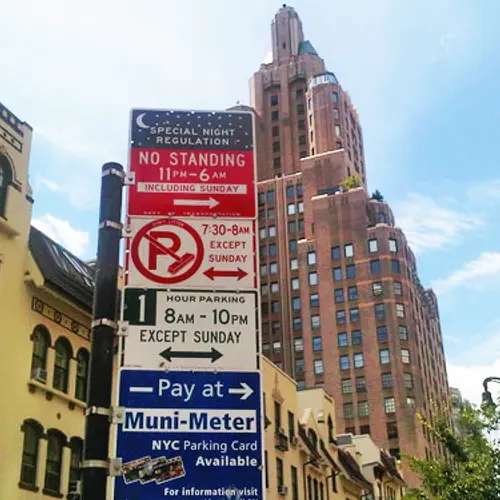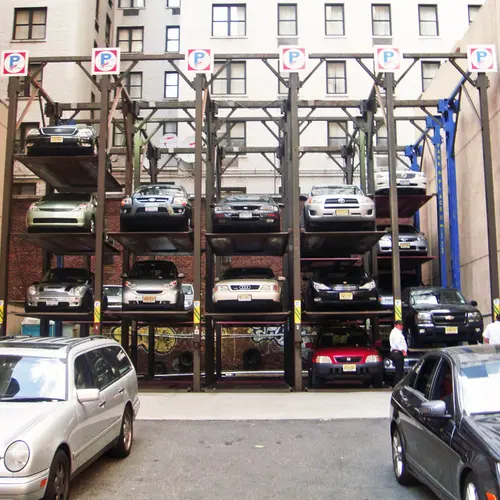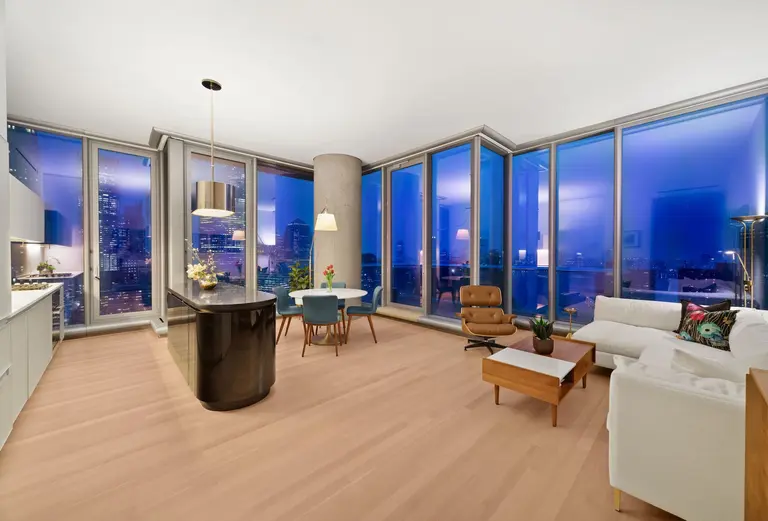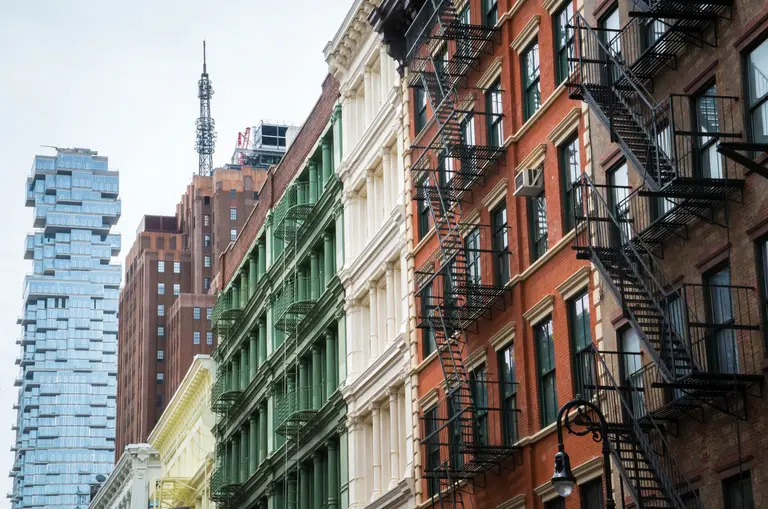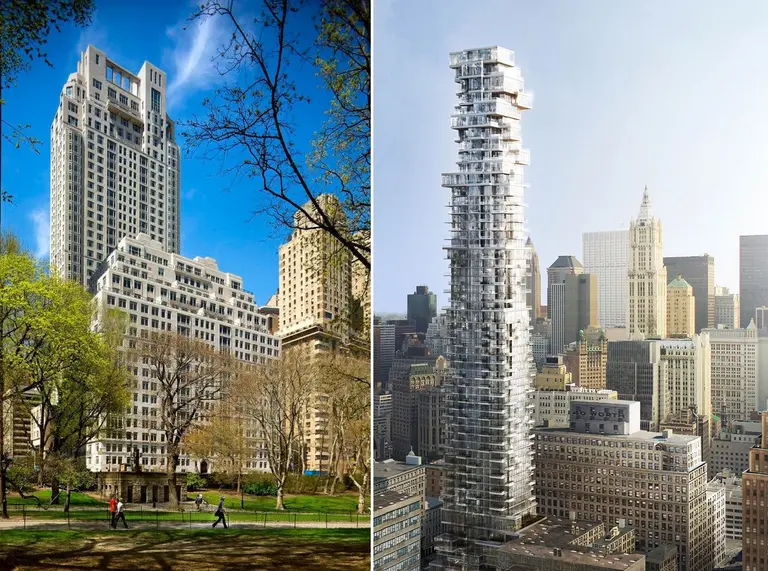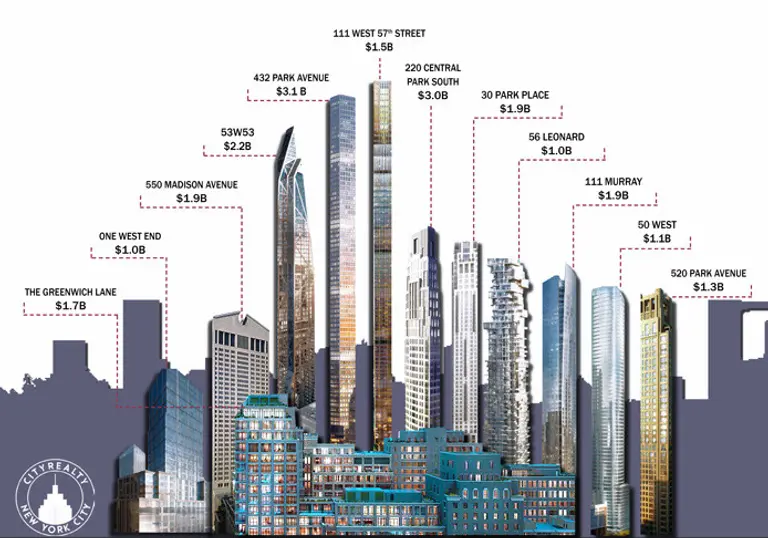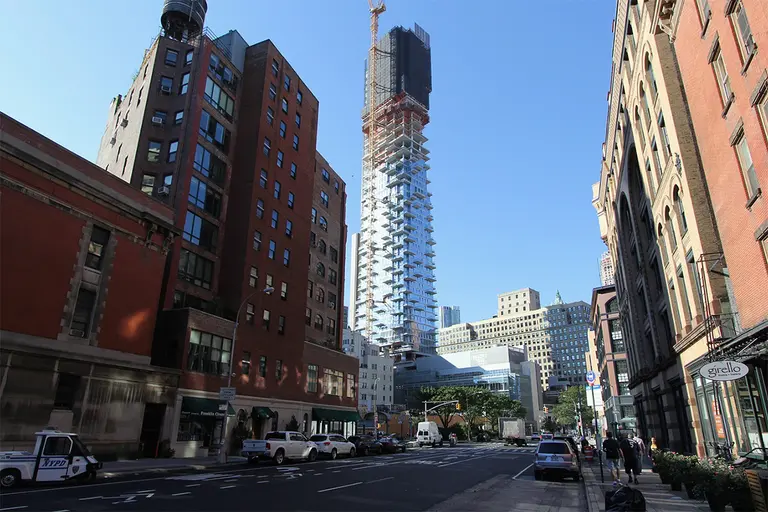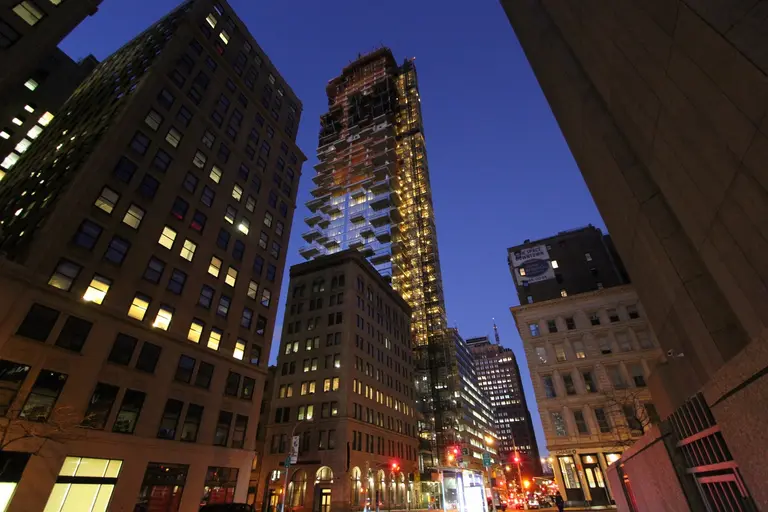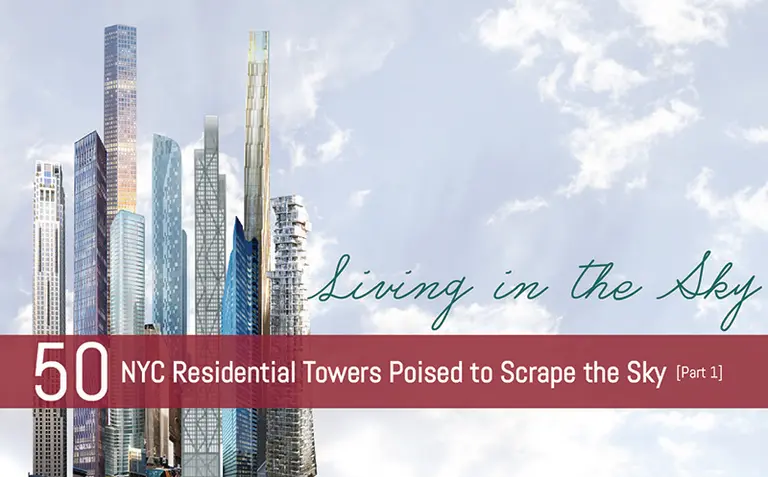The Price of Parking: There’s More Than One $1 Million Parking Space in Manhattan
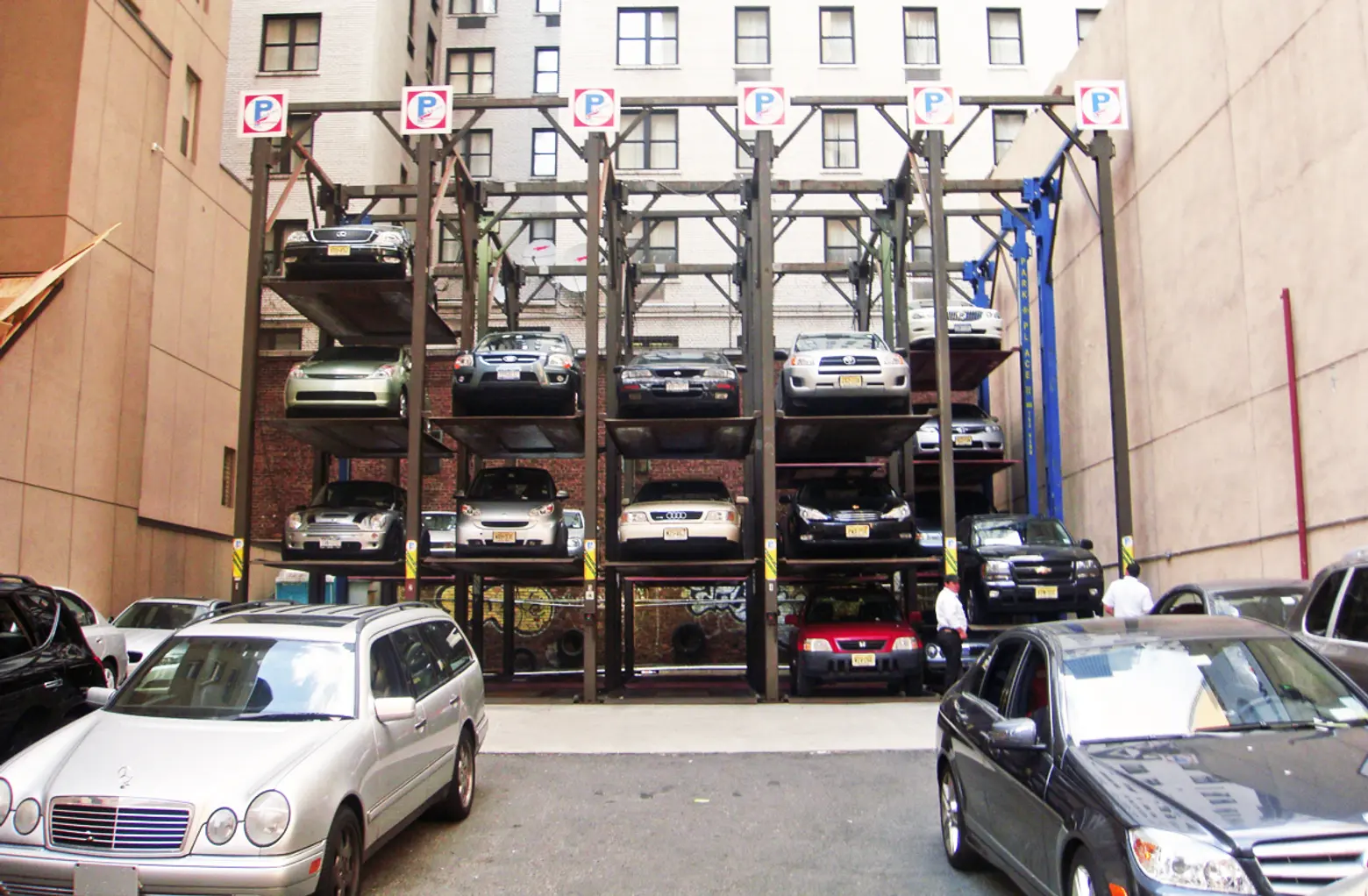
Car-owing New Yorkers can probably recite year-round alternative-side parking laws on cue, but most will also tell you how they loathe circling their block for 20 minutes, tracking which days to stay put, the inconvenience of babysitting a spot before the switch, figuring out a cluster of parking signs or, worse yet, arguing with a paid-for parking squatter. It often drives one batty.
Yet, there is an option and that’s paying for a monthly but costly sliver of asphalt—hopefully an elevator ride away or at the very least, a quick walk a few doors down. However, the key word here is “paying” and if you live in New York, that slice of space could put you back a pretty penny, especially if you’re shoveling out dollars for one in a new development.
Unless you’ve been living under a real estate rock, there’s no doubt you’ve read about the $1 million dollar spaces at 42 Crosby Street’s garage in SoHo. Is this lofty price tag for parking a market first? Nope.
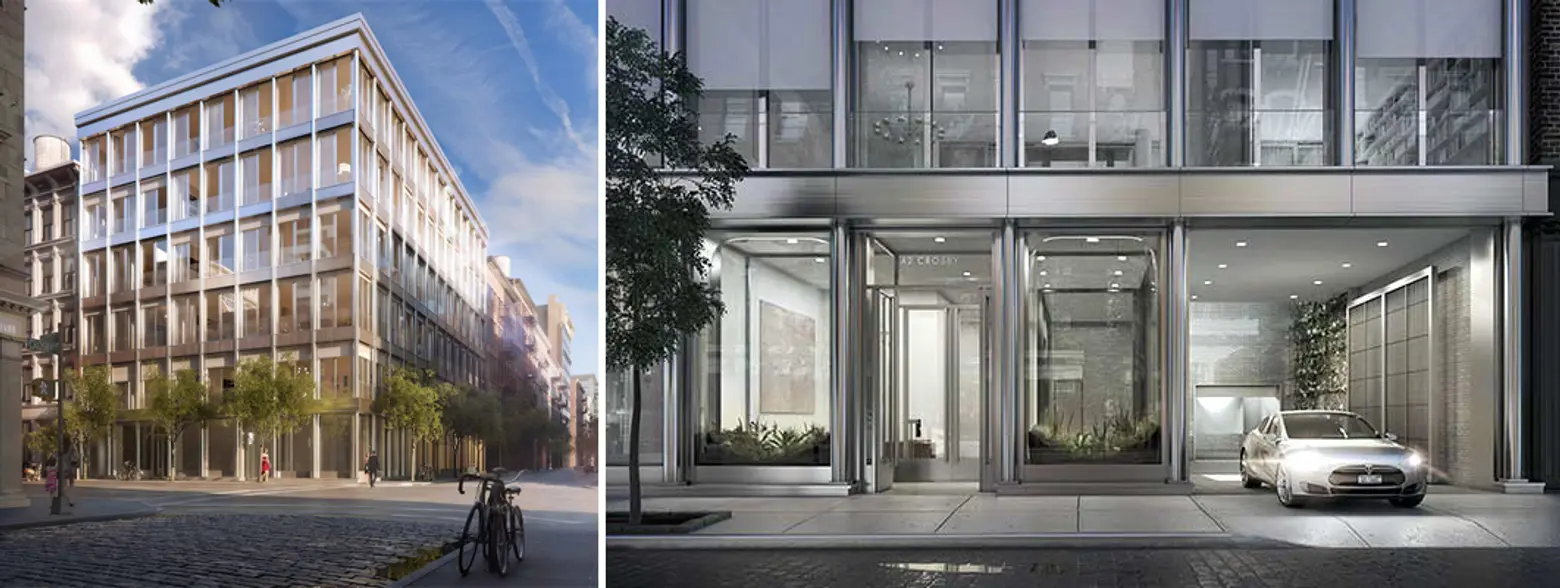 The $1M per spot parking lot at 42 Crosby Street
The $1M per spot parking lot at 42 Crosby Street
Last spring, nearly all 28 parking spots at 56 Leonard went in a New York-minute at $500,000 a pop. Same thing at the Delos-developed (pioneer of Wellness Real Estate with an advisory board filled with the likes of Deepak Chopra and Leonardo DiCaprio) at 66 East 11th Street. They’re remaining firm on a million dollar parking space from the penthouse buyer, which, at $50 million, is still on the market.
Many ask if selling spots at absurd prices is simply a clever publicity stunt to garner lots of ink and airtime for a new project—or is this yet a new benchmark for guaranteed parking? Perhaps it is possible to shell out the kind of money (the current average cost is about $140,000), given that the Department of City Planning conducted a comprehensive parking study in 2011 and reduced the number of off-street parking spaces from 127,000 to 102,000 below 60th Street in Manhattan.
But more importantly, how are on-site parking prices determined? Jacqueline Urgo, the president of The Marketing Group said: “There is no formula, but an on-site garage is a highly coveted amenity, much like buying a townhouse with a private garage versus one without. The cost is determined by several factors, including the level of the product, the overall pricing of units and garage space inventory. In other words, pricing in a luxury condominium might be more than one in a building that would be considered more mid-market.”
 The $20M penthouse at the Selldorf Architects-designed tower at 200 Eleventh Avenue comes with its own sky garage
The $20M penthouse at the Selldorf Architects-designed tower at 200 Eleventh Avenue comes with its own sky garage
Expert development marketers such as Ms. Urgo and Stephen Kliegerman, the president of Halstead Property Development Marketing, agree that they are involved early in the game, which is when a decision must be made about building an on-site garage, given that a potential car-owning buyer won’t even take look inside if there’s no garage. “Another aspect of including a garage is the local zoning regulations. Outside of Manhattan, the number of required parking spaces is tied to the number of units,” said Mr. Kliegerman. “But for New York City, there are no requirements to be met. That being said, on-site parking in a luxury development in Manhattan is key to distinguishing that development from another one.”
Some other things to keep in mind: The developer can sell a garage outright to a garage operator. And though you may pay a king’s ransom for a parking spot, you’re required to sell your parking spot to another resident if you move. In 80/20 buildings, spaces must be available not just to market-price residents, but to those residing in Affordable Housing units as well.
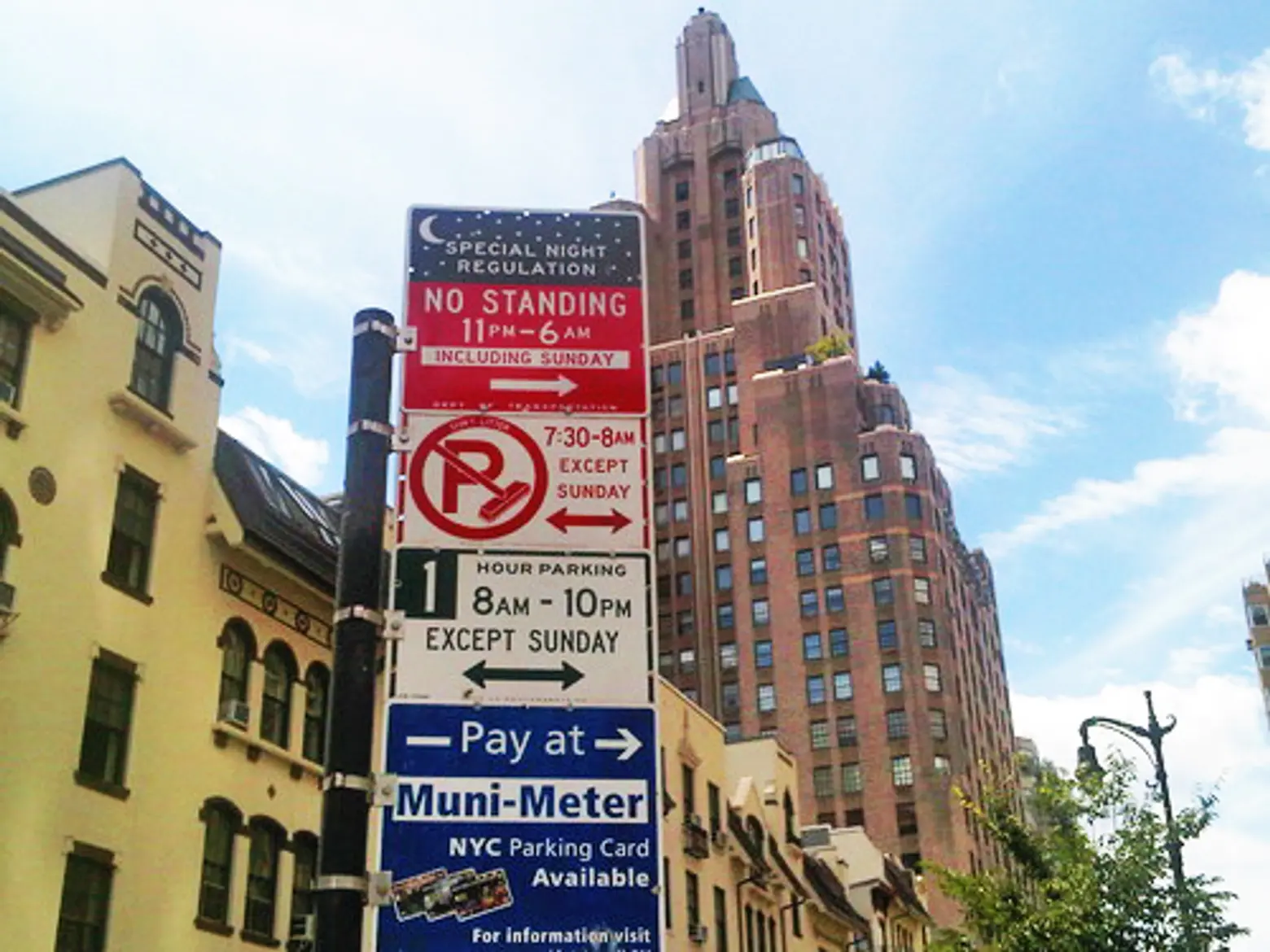 With a $1M parking spot, you’ll never have to decode these signs again. Image © NYParkingTicket.com
With a $1M parking spot, you’ll never have to decode these signs again. Image © NYParkingTicket.com
